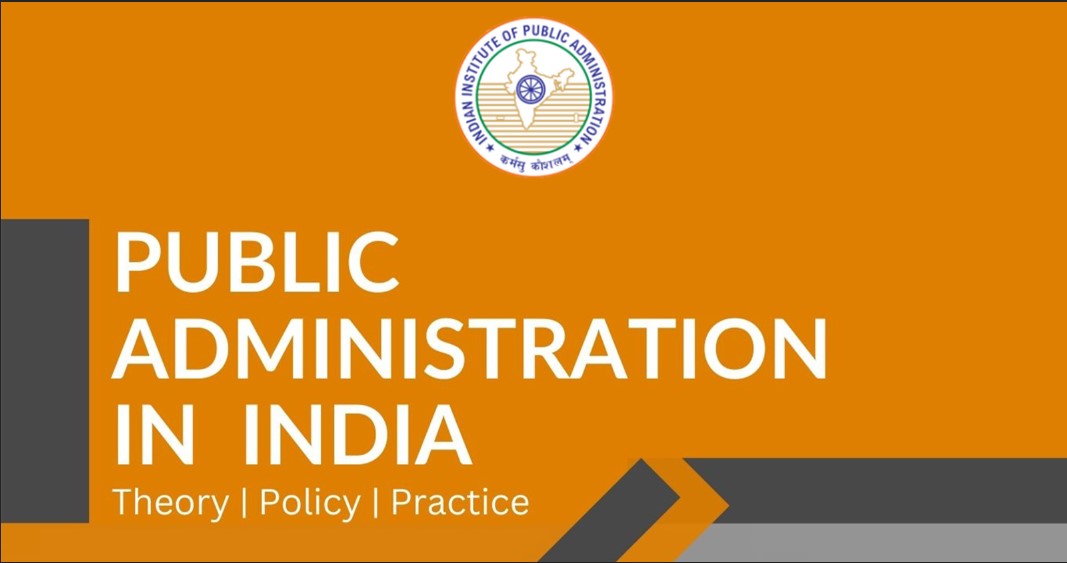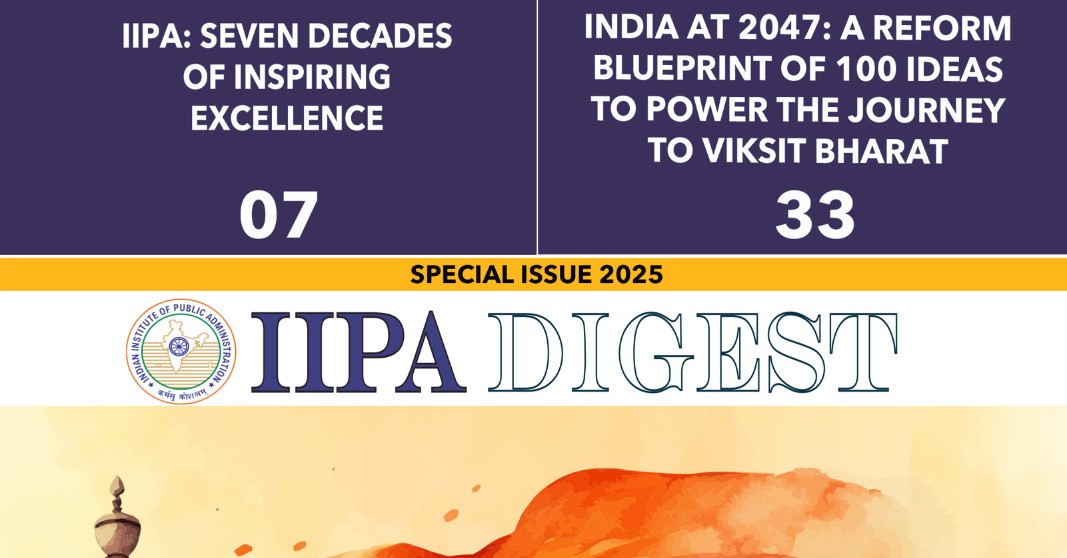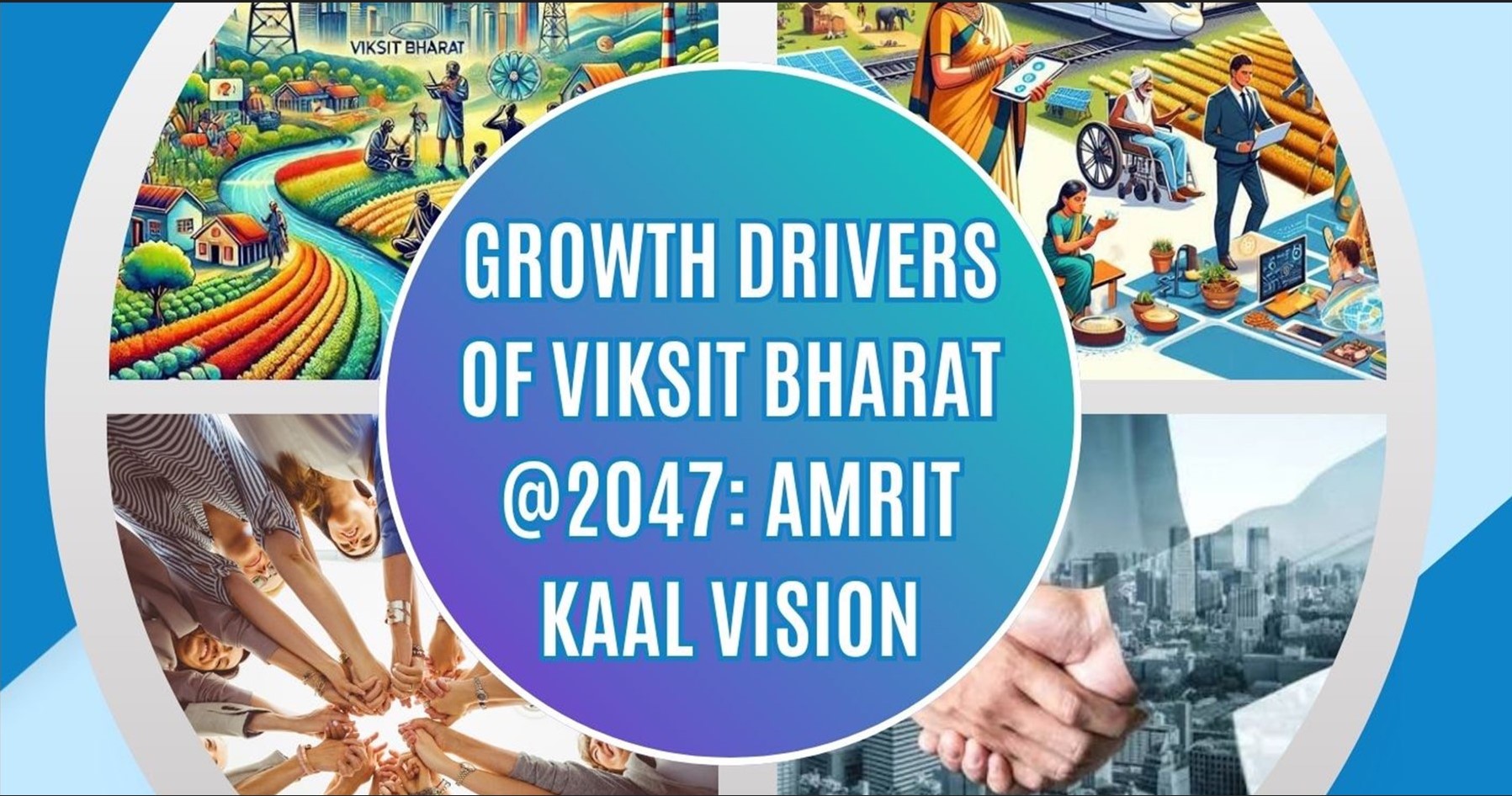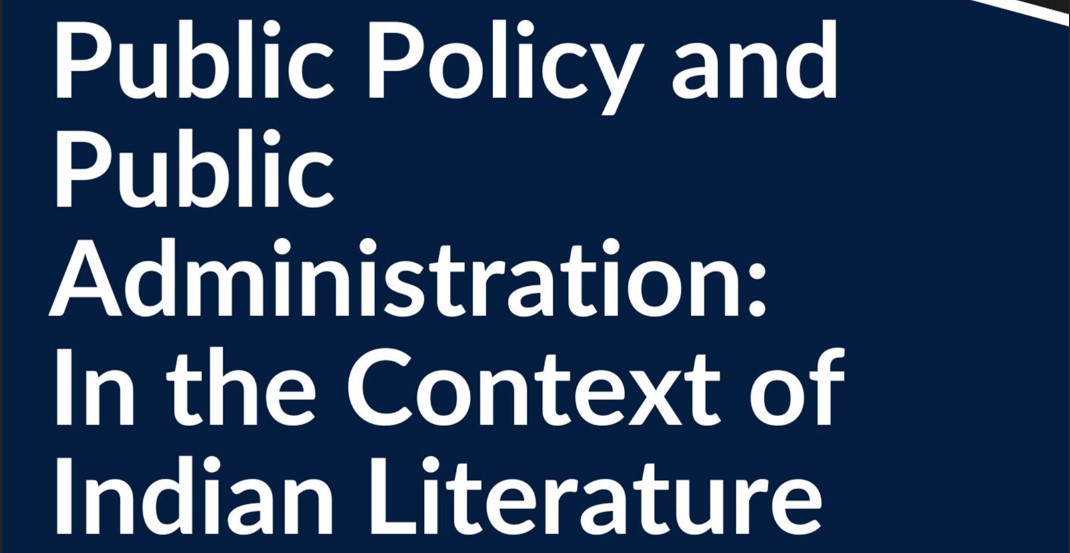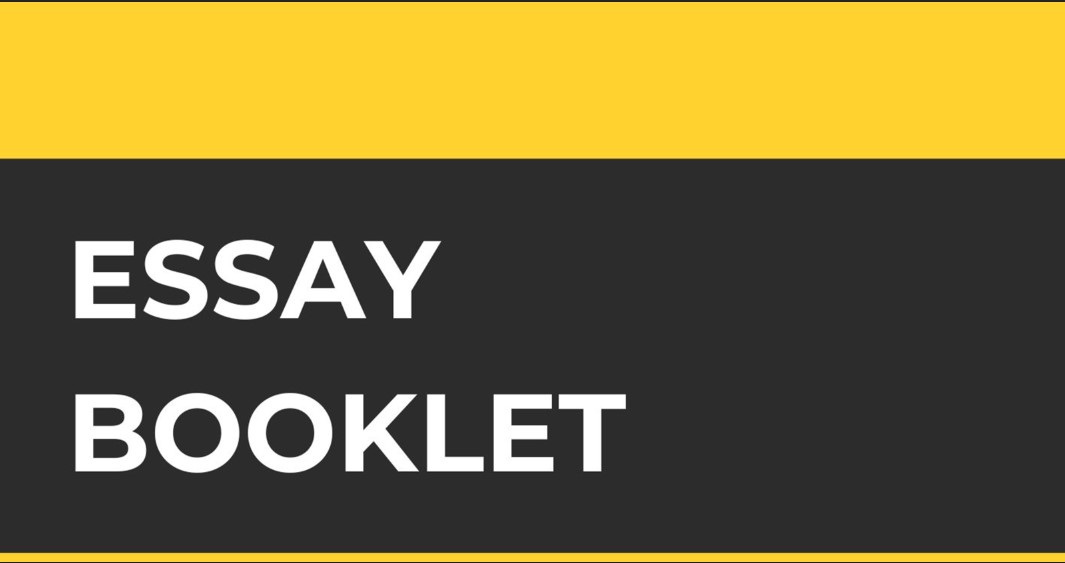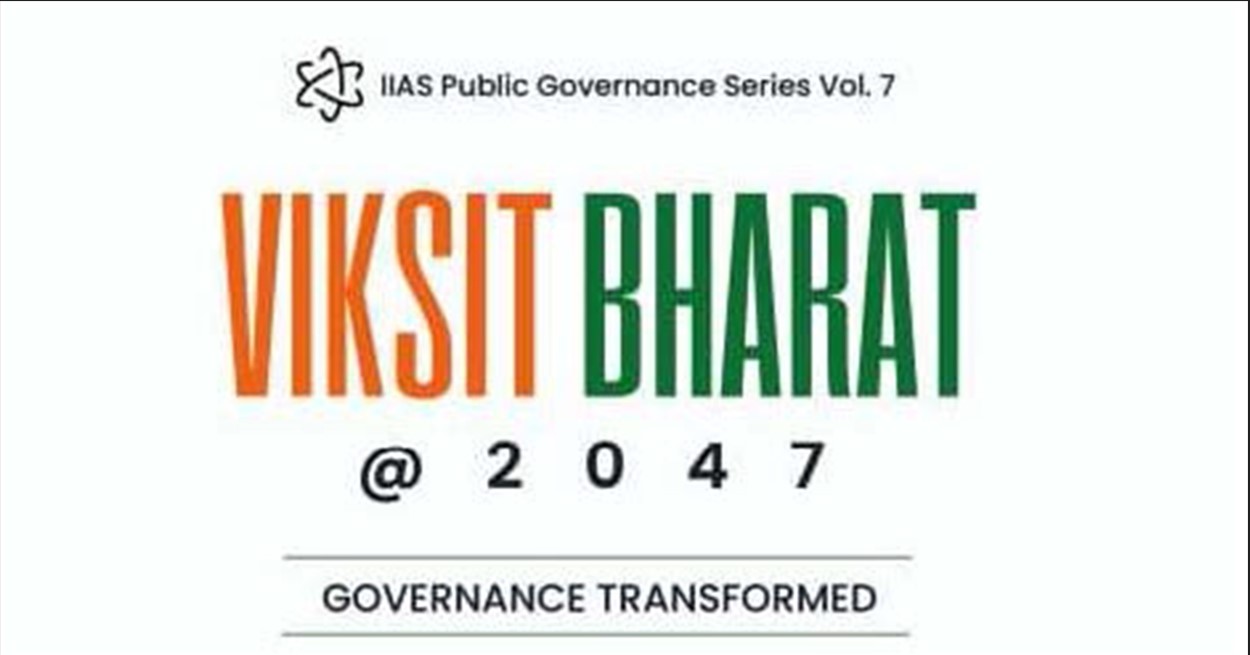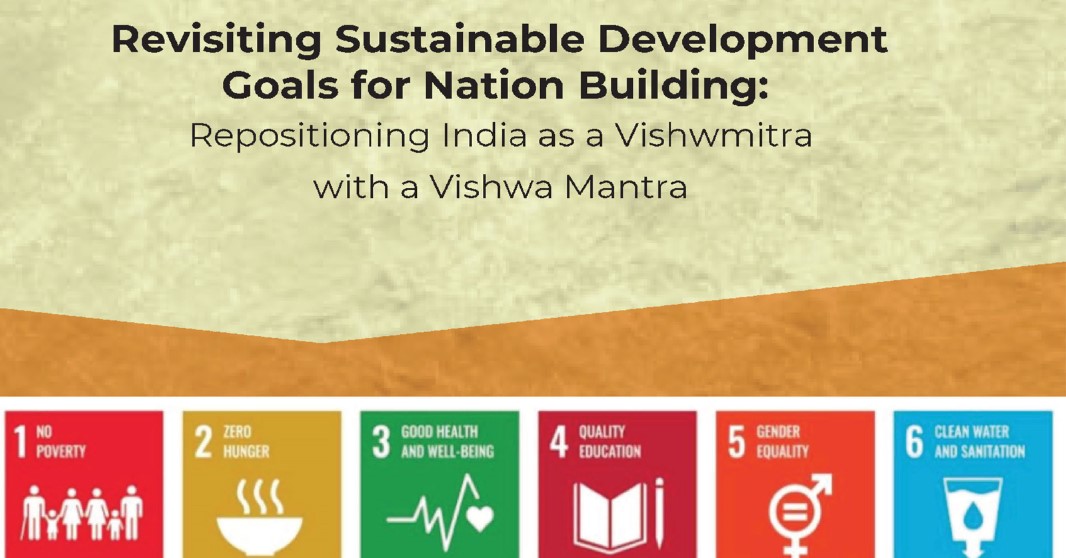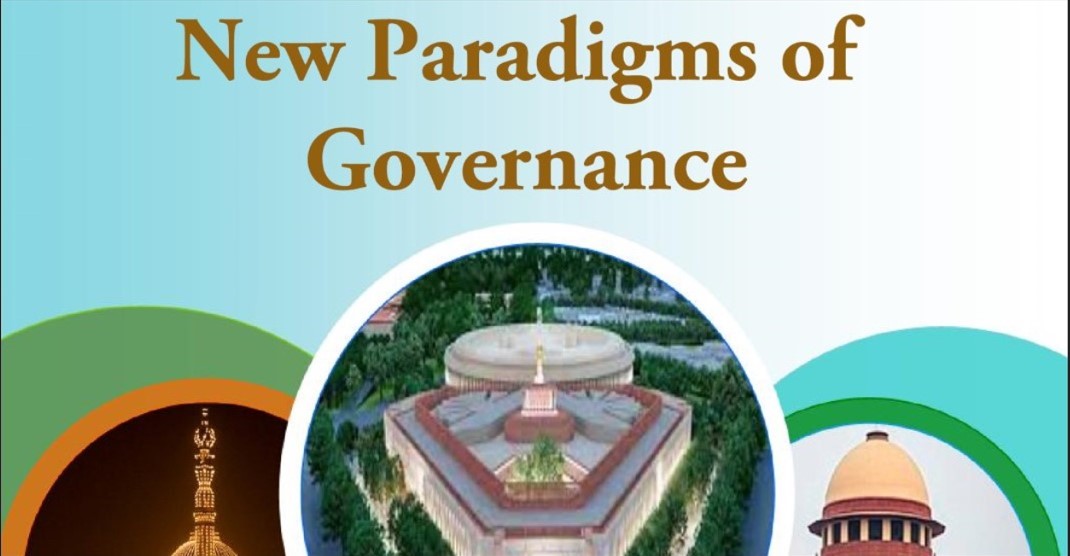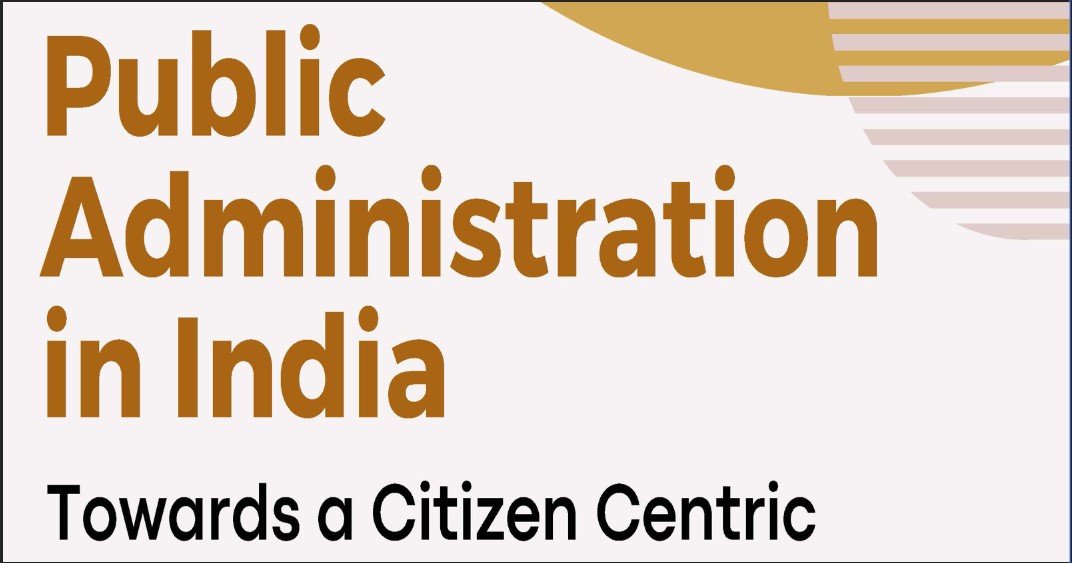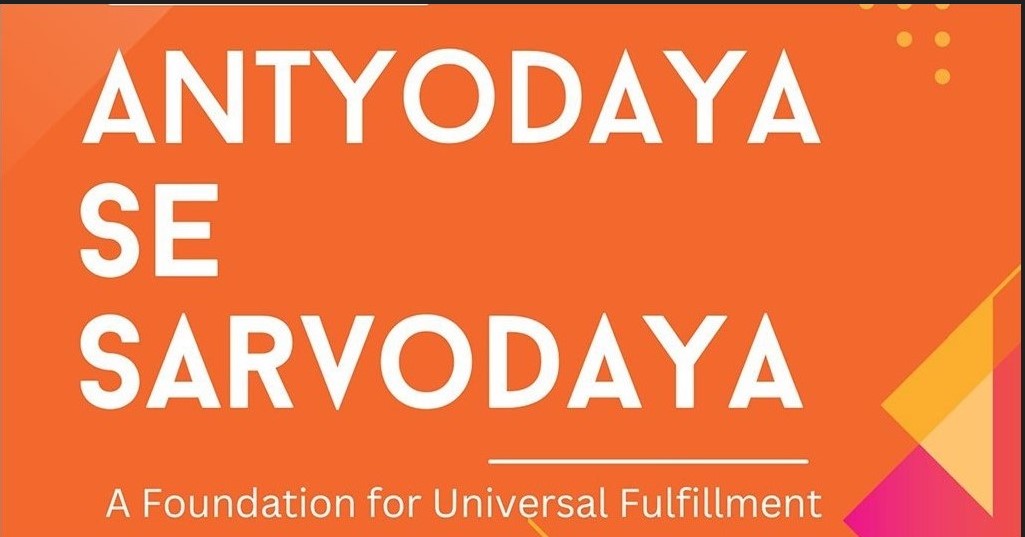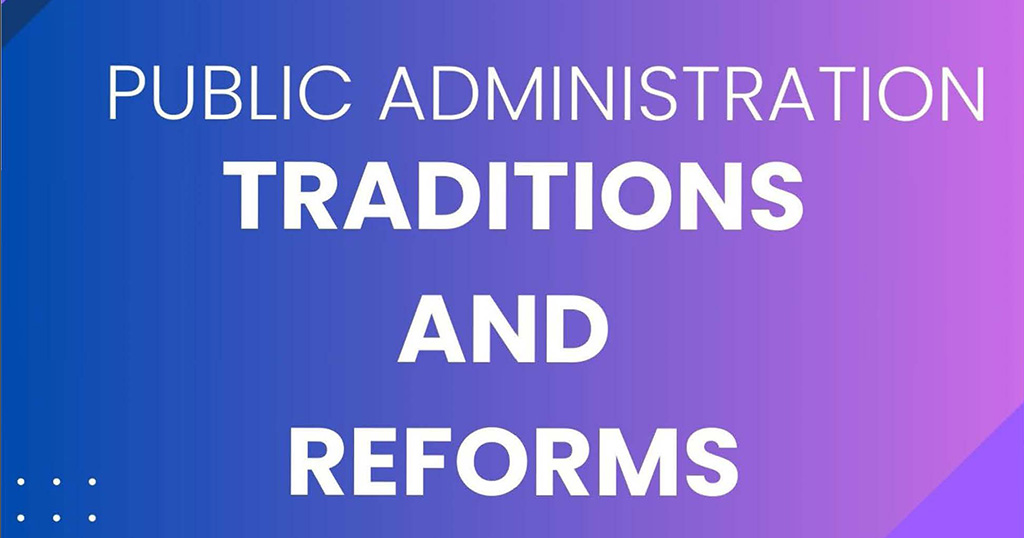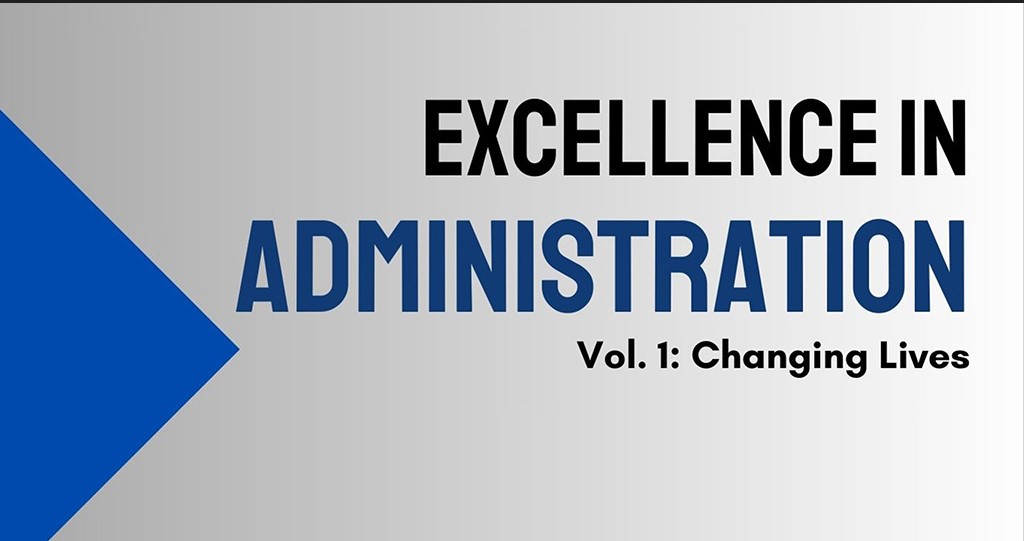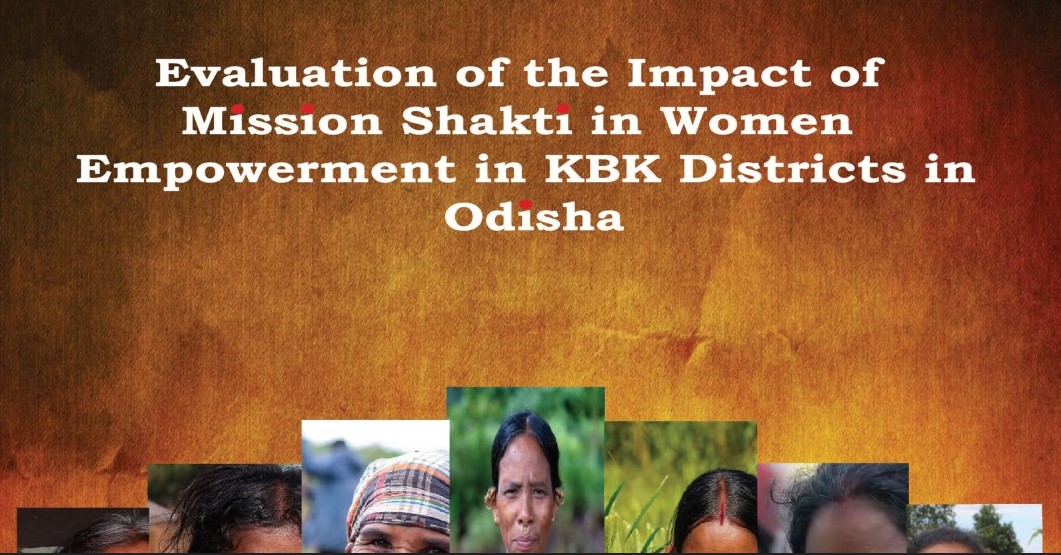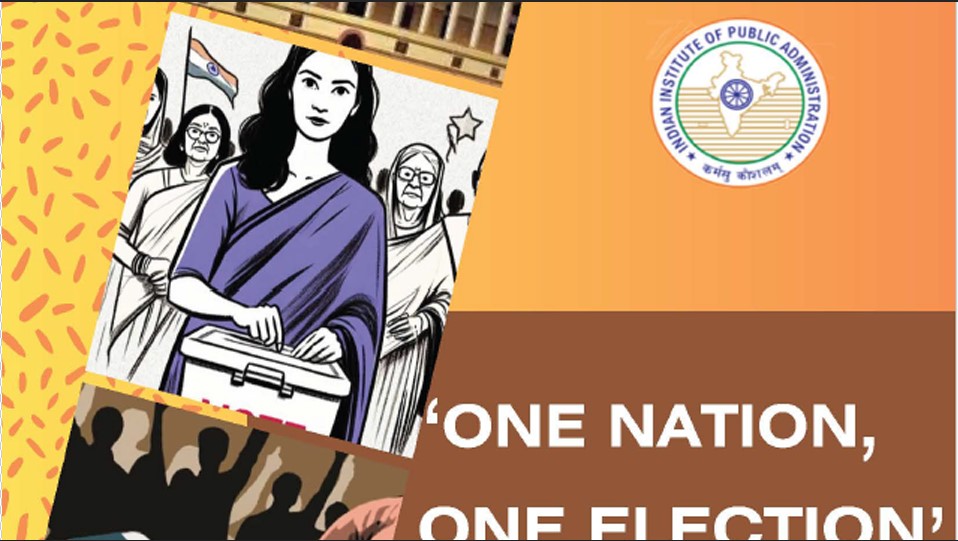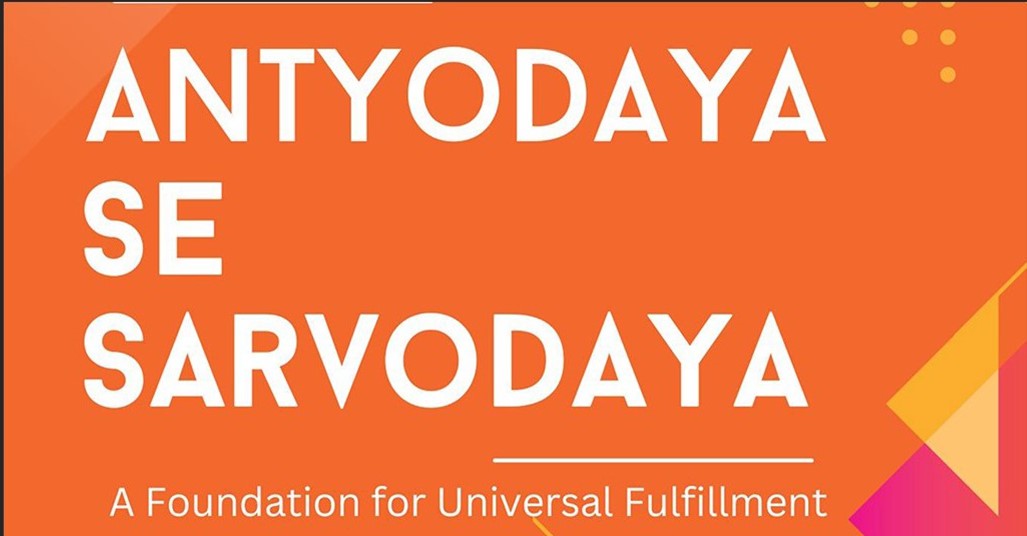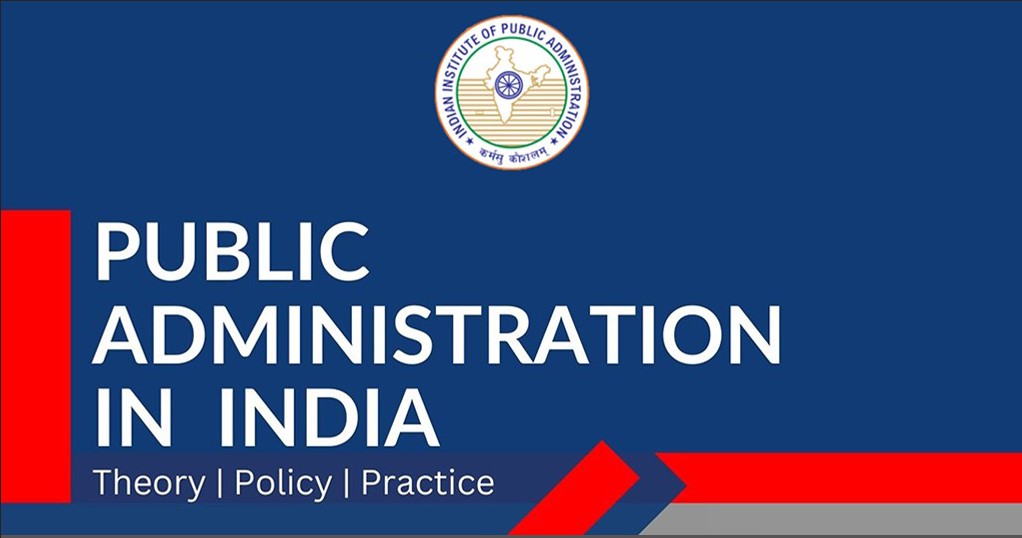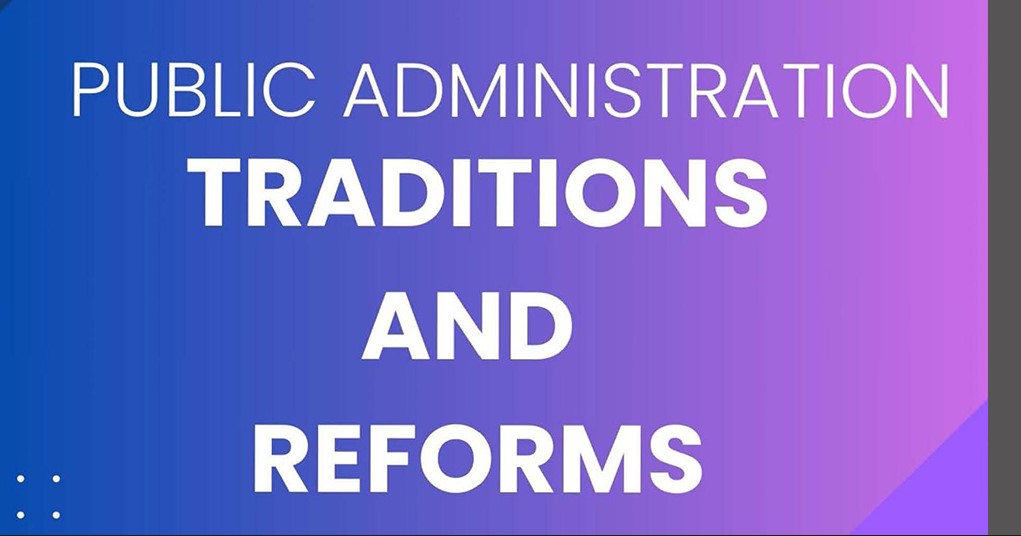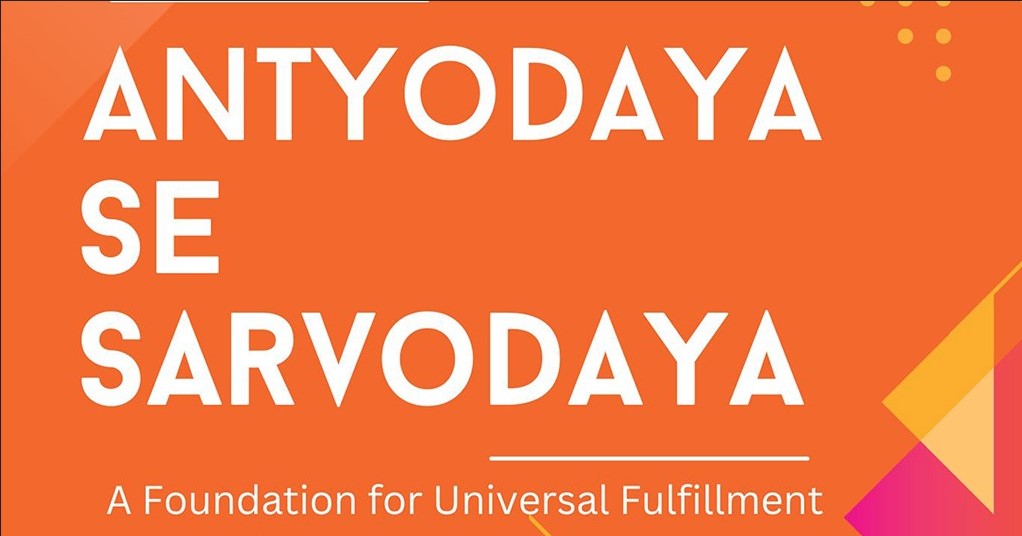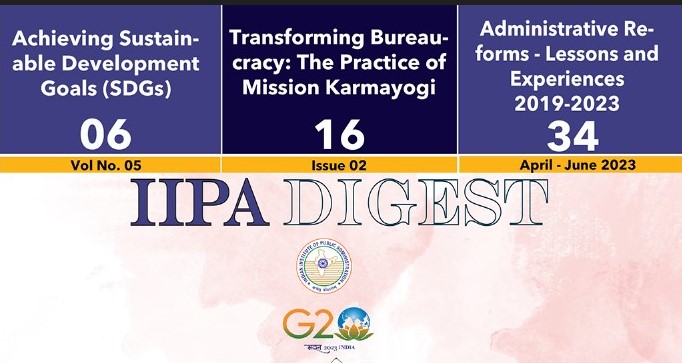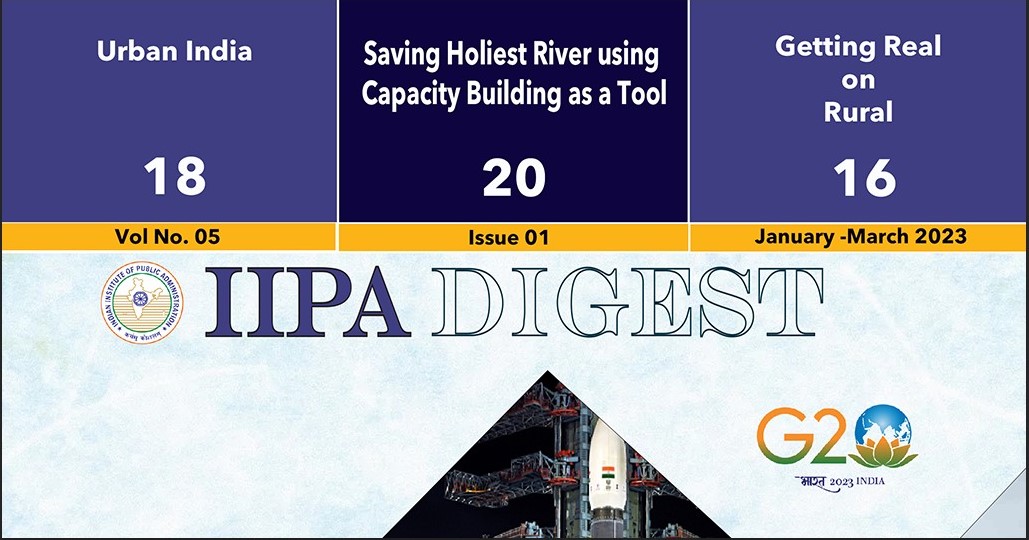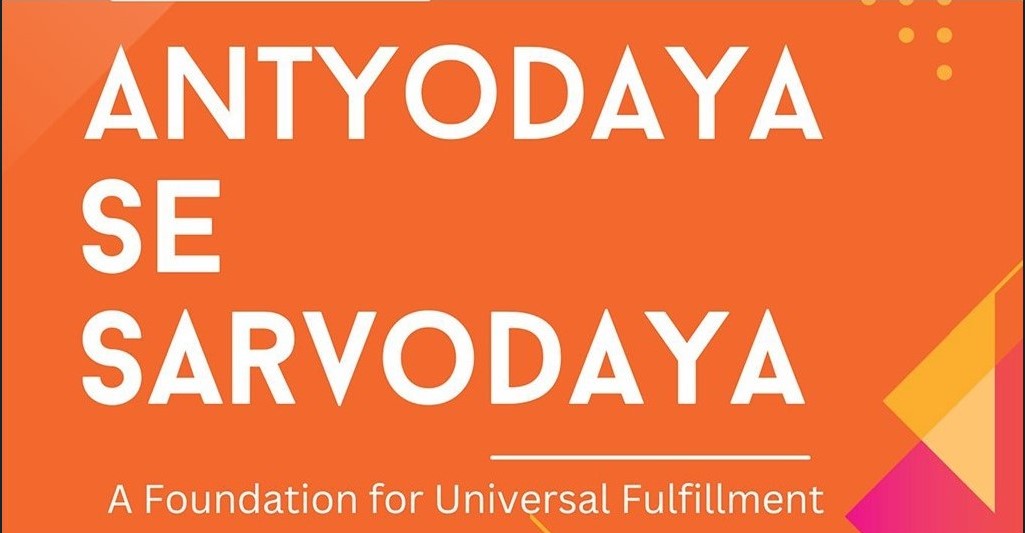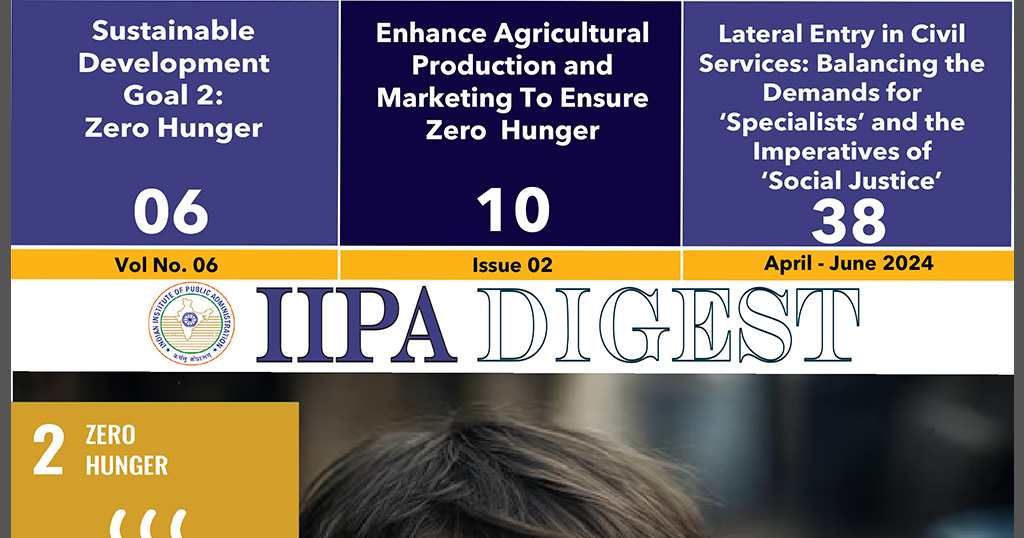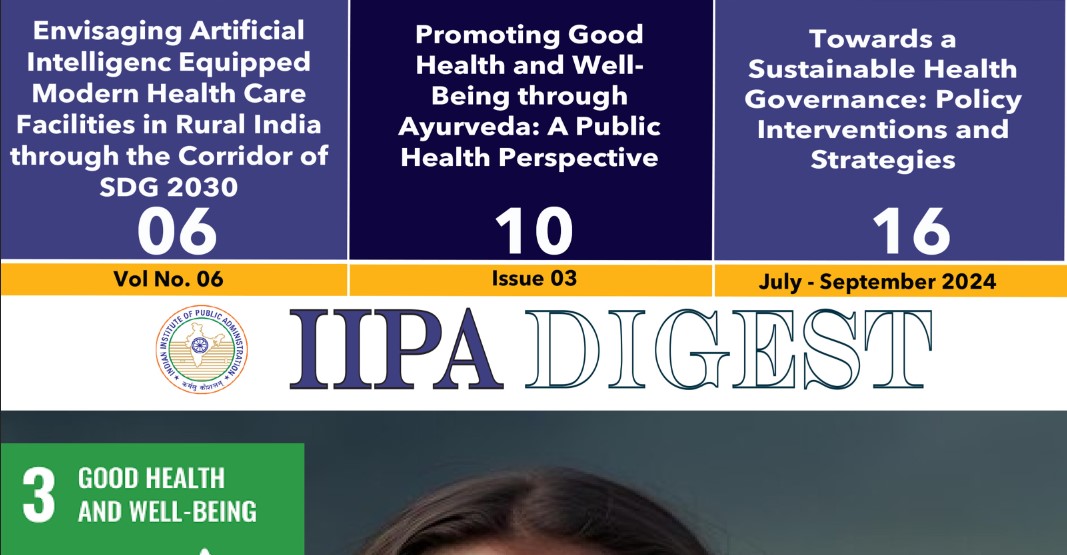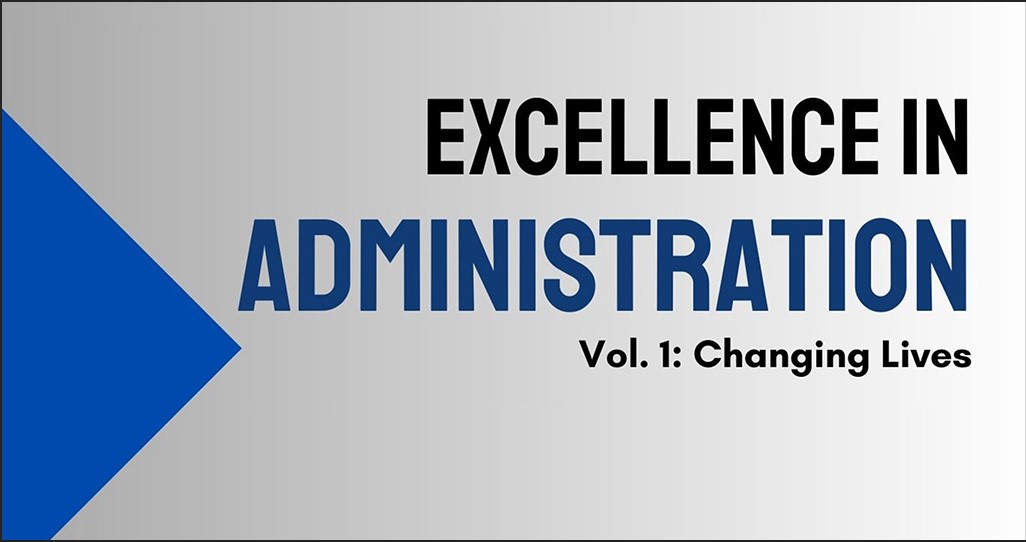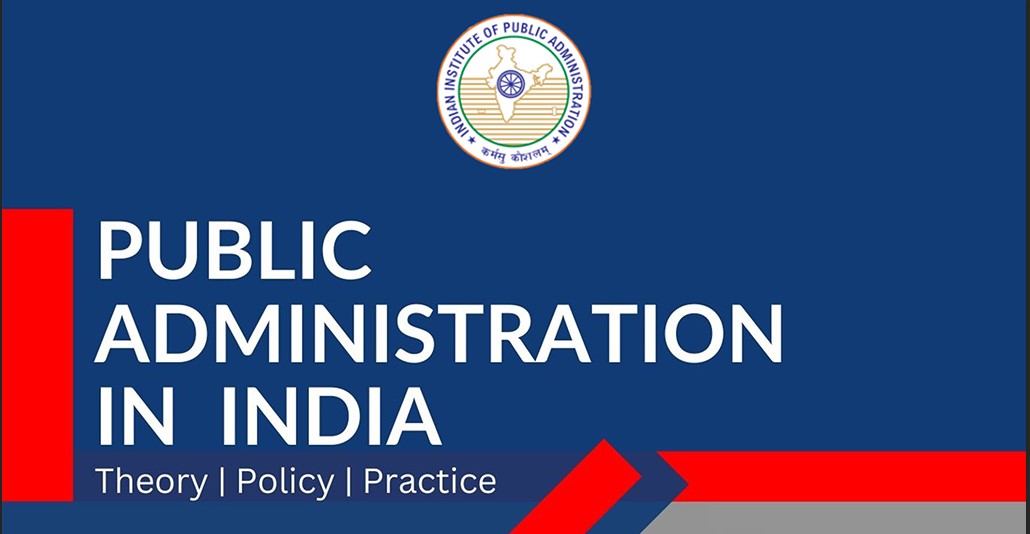Social Media: Challenges and Opportunities
Introduction
Social media in the 21st century has become one of the most transformative phenomena, that reshapes the way individuals communicate, organize, and perceive the world around them. Something which was once viewed merely as a digital platform for networking , now has evolved into a powerful medium of self-expression, collective action, and political dialogue. The very term “Social Media” evokes a number definitions: according to some people , it is a technological interface that allows instant connection through which ideas or messages are exchanged between individuals; for others, it is more like a virtual community that collapses physical boundaries of the world; and for many, it is a mere participatory space where every voice can be amplified.
From a sociological lens, social media may be understood through the concept of “imagined communities” by Benedict Anderson. He used this term to describe how print capitalism helped people in imagining themselves as a part of large community despite never meeting each other. In a similar way, social media creates modern “imagined communities” of followers, subscribers, and networks people are bound not by geography but by shared interests, and digital interactions.
At the same time, social media embodies Jean Baudrillard’s concept of “Simulacra.” It creates a kind of ‘hyperreality’ where posts, images, and stories can sometimes matter more than actual reality. A trending hashtag, even if it’s only partly true, can quickly shape public opinion either positive or negative depending on how people perceive it , it affect the stock markets, or even sway political elections etc. This double-edged nature of social media i.e. bringing people together while also blurring the line between truth and illusion makes social media both a huge opportunity and a major challenge.
Social media’s story is rooted in its beginnings. What started as a military tool like ARPANET has transformed into today’s global public squares Facebook, X (formerly Twitter), Instagram, and many others. In India, apps like WhatsApp and Telegram etc. have become so widespread that they are as vital to daily life as highways and electricity, connecting both cities and villages.
But this very reach of and through social media brings tough questions like , How do we protect freedom of speech while tackling the hate and misinformation present on the internet? Can open platforms like X and Instagram balance national security with democratic values? And who should take the ultimate responsibility governments through regulating the platforms and citizens, or the platforms themselves through their policies?
The following written text (ESSAY ) explores the several conceptual foundations of social media, its historical evolution, the opportunities it creates for democratization and empowerment, and the challenges it poses through misinformation, trolling, and surveillance. It also reviews global and domestic regulatory frameworks, with specific reference to India and the United States, before suggesting a balanced path forward.
Ultimately, we can say that social media is not just a technological tool but a mirror of society itself amplifying both our aspirations and our anxieties. To harness it meaningfully, we must confront its contradictions and build frameworks that maximize opportunities while minimizing harms.
The Concept of Social Media and “Simulacra”
Social media is not simply a communication tool; it is a cultural ecosystem where identity, perception, and reality constantly interact. Unlike traditional media, which is top-down and controlled by professional gatekeepers, social media is horizontal, participatory, and fluid. Each and Every user can be both a consumer and a producer of content, giving rise to what the scholars call “prosumer culture” = Producer + Customer .This democratization of content has altered profoundly , how societies form opinions and narratives.
Jean Baudrillard’s concept of “simulacra and simulation” offers a powerful philosophical framework or a compelling lens to understand social media. Baudrillard argued that , in the era of mass media, representations and symbols could break away from reality, creating a state called as “hyperreality” where in images or narratives seem more real than the facts themselves. Social media embodies this concept vividly.
For instance, a carefully edited Instagram photograph may present an idealized lifestyle that bears little that has little connection to the user’s actual reality. A viral WhatsApp forward, even if factually inaccurate, can shape perceptions of politics, religion, or public health. Even Memes and hashtags often hold more power can in shaping collective consciousness than factual reports. Thus, social media goes beyond representing reality it constructs new versions of it.
This presents both opportunities and dangers. On one hand, the performative nature of social media allows individuals to explore identities, exchange cultural practices, and connect with diverse communities. For marginalized voices, it provides a stage that traditional media often denied. On the other hand, when representation takes precedence over verification, misinformation thrives. The COVID-19 pandemic illustrated this paradox clearly: social media served as a crucial tool for spreading health guidelines, but at the same time, it also nurtured conspiracy theories and promoted unverified remedies.
The concept of imagined connectivity also emerges here. Similar to Benedict Anderson’s notion of nations as imagined communities, social media fosters the rise of digital tribes groups of people who may never meet in person yet feel bound together through shared beliefs or digital symbols. These communities can mobilize constructive activism , such as climate change movements, but they can also fuel destructive forces, including online radicalization .
At a deeper level, social media dissolves the boundaries between the private and the public. Aspects once considered personal such as family photos, daily routines, or intimate emotions are now content for public consumption, measured and validated through likes, shares, and retweets. This constant negotiation between self-expression and the pursuit of social approval generates a paradox : it can be a source of empowerment, yet it often produces psychological strain.
Conceptually, social media is not merely a platform of communication but as a theatre of representation a space where reality, identity, and perception are continuously merge. Grasping this dual nature is crucial before turning to its historical evolution, regulatory structures, and tangible consequences.
Historical Background
The roots of social media are often traced back to the Cold War era, when the United States Department of Defence sponsored research into secure communication networks. This gave rise to ARPANET (Advanced Research Projects Agency Network) in the late 1960s, a network which enabled universities and research institutions to exchange data. Although designed for defence and scientific collaboration, ARPANET laid the technological foundation for the Internet.
By the late 1980s and early 1990s, the World Wide Web had transformed this infrastructure into a space for public communication. Early forums, chat rooms, and mailing lists laid the groundwork for digital communities. The 2000s witnessed the emergence of the first recognizable social media platforms. Friendster (2002) and My Space (2003) popularized the concept of online profiles and personal networks, while LinkedIn (2003) introduced a niche for professional networking.
The real revolution arrived with the launch with Facebook (2004), which was initially restricted to university students and soon expanded globally. Its model of profiles, newsfeeds, and likes defined the blueprint for social networking in the years that followed. Shortly after, YouTube (2005) created a space for user-generated video content, while Twitter (2006, now X) introduced microblogging and the hashtag , reshaping the dynamics of political debate and cultural discourse.
With the increasing affordability of smartphones, mobile-first platforms such as Instagram (2010), Snapchat (2011), and later TikTok (2016) transformed the very grammar of social media. The focus shifted from text-heavy interactions to visual storytelling and short-form content. This mobile revolution made social media genuinely ubiquitous, extended its reach across rural and urban populations alike.
In the Indian context, the expansion of social media accelerated after 2016 , when Reliance Jio disrupted the telecom sector drastically reduced mobile . Platforms such as WhatsApp, Facebook, and YouTube quickly became embedded in daily life, not just for entertainment but also for business, education, and political mobilization. At the same time , Regional language platforms such as ShareChat catered to non-English-speaking populations, thereby deepening the democratization of access.
Governments also recognized the transformative power of social media. Barack Obama’s 2008 Presidential campaign is often hailed as the first “social media election,” harnessing digital networks for fundraising , voter outreach, and mobilization. In India, social media has become a vital instrument for political communication, enabling leaders to bypass traditional media channels and connect directly with citizens through platforms such as Twitter, Facebook, and Instagram. Beyond politics, social media is now integral to disaster response, public health campaigns, and citizen feedback mechanisms like the Government of India’s MyGov platform.
Thus, from its origins as a defence network to its present role as a digital public square, social media has evolved in ways few could have anticipated. Its trajectory reflects a profound shift: from elite scientific collaboration to mass public participation, from niche networking to a global infrastructure shaping economies, politics, and culture alike.
Freedom of Expression vs National Security
One of the most debated aspects of social media is its dual role as a platform of free expression and as a potential threat to national security. On the one hand, it amplifies voices that were historically marginalized; on the other hand it provides fertile ground for misinformation, hate speech, and radicalization. Navigating the tension between openness and security has emerged as one of the great governance challenges of the contemporary period.
Democratization of Expression
Social media is often celebrated as the “great equalizer.” Unlike the traditional media, it does not demand significant financial resources, institutional backing, or elite access. With an internet connection alone , individuals can voice opinions, publish creative work, or mobilize communities. As an example - During the Arab Spring (2010–2011),where social media played a key role in coordinating protests and amplifying dissent against authoritarian regimes. In India too, social media has become an arena where marginalized communities, women, and minorities can share experiences and build solidarity.
Platforms like Twitter (X) and Instagram also serve as spaces of cultural innovation where memes, hashtags, and viral campaigns merge humour and activism together. In this sense, social media strengthens the democratic value of free expression, and broadens the contours of the public sphere.
Risks of Misinformation and Hate Speech
Yet this very freedom carries a darker dimension. Social media’s low entry barriers and rapid virality make it especially vulnerable to fake news, conspiracy theories, and orchestrated hate campaigns. The 2016 U.S. Presidential Elections revealed how misinformation campaigns could be weaponized to shape voter behaviour, with cases like Cambridge Analytica Scandal highlighting data misuse for political manipulation.
In India, WhatsApp forwards have been linked to rumours leading to mob lynchings. Communal tensions, election propaganda, and pandemic-related misinformation have been frequently circulated online at a pace faster than official corrections. Hate speech targeting religious minorities, women, or political opponents thrives because platforms often struggle to enforce moderate content effectively.
This creates a paradox: while social media democratizes speech, simultaneously undermine the civic trust that is essential to sustaining democracy.
National Security Dimensions
Governments worldwide increasingly perceive unregulated social media as a matter of national security concern. Extremist groups have exploited these social media platforms for recruitment and propaganda. While Cross-border misinformation campaigns have targeted elections and public opinion and have tried influencing them. Cybersecurity threats, ranging from phishing to coordinated disinformation attacks, pose further challenges on state sovereignty.
India, with its vast and diverse population, faces unique vulnerabilities , relating to different sectors like Misinformation about health (COVID-19 cures), border tensions, or communal issues which can quickly escalate into nationwide crises. In response to which the Government has pushed stronger regulations such as the Information Technology (Intermediary Guidelines and Digital Media Ethics Code) Rules, 2021, on which mandate grievance redressal mechanisms, traceability of messages, and accountability of platforms can be fulfilled.
The Free Speech Debate
This leads to the rise of a critical question: how much regulation is too much? In the U.S. , where the First Amendment protects speech robustly, and debates often focus on whether platforms should moderate at all. The controversy surrounding Twitter’s suspension of Donald Trump after the Capitol riots illustrates the tension between free speech absolutism and imperative of public safety.
In India, the Constitution guarantees freedom of speech under Article 19(1)(a) but it is subjected to “reasonable restrictions” in the interests of sovereignty, security, public order, and morality. This flexibility gives the state considerable authority, but critics argue it can also risks overreach and censorship of dissent. The Central debate, therefore , revolves around whether such regulations genuinely safeguard security or they stifle democratic freedoms.
Finding the Balance
The challenge, then, is not to choose between freedom and security, but to balance the two. Excessive censorship often risks to silencing legitimate voices, while unchecked freedom can foster disorder and violence. The answer lies in transparent regulations, independent oversight, and platform accountability mechanisms. Equally important is the empowerment of citizens through digital literacy, to identify misinformation.
Global Regulatory Norms:
As social media platforms expanded beyond national boundaries, they raised governance dilemmas that no single country could resolve in isolation. Issues of privacy, misinformation, surveillance, and corporate accountability soon emerged as global challenges. In response , Different regions of the world have developed distinct frameworks to address them, each reflecting their political values, historical contexts , and governance models.
• European Union: Rights and Regulation
The European Union (EU) has emerged itself as a global leader in the regulation of digital platforms. Its philosophy is rooted in the protection of fundamental rights while ensuring accountability of technology companies. Introduced in 2018, the General Data Protection Regulation (GDPR), revolutionized global norms on data privacy by requiring platforms to obtain explicit consent for data usage, it provides individuals with “right to be forgotten,” and enforces heavy penalties for violations.
Building on this, the EU introduced the Digital Services Act (DSA) and Digital Markets Act (DMA) (2022) established new benchmarks for transparency in algorithms, content moderation, and corporate responsibility. These laws require major platforms called “gatekeepers” to disclose how they recommend content, to act decisively against illegal material, and to allow third-party audits. The EU thus represents a citizen-centric model, prioritizing user rights over unchecked corporate power.
• United Nations and Global Guidelines
The United Nations underscores that the right to freedom of expression must extend digitally as well. The UN Human Rights Council has consistently affirmed that the rights individuals enjoy offline are also equally applicable in digital spaces. The UN has also pushed for several global frameworks to tackle digital hate speech and incitement to violence while ensure safe open access.
Additionally, initiatives like the Christchurch Call to Action (2019) launched by New Zealand and France in response to live-streamed terror attacks encouraging global cooperation between governments and tech companies. The initiative seeks to curb the spread of extremist content online while maintaining a careful balance , without undermining rights.
• United States: Free Speech and Market-Driven Norms
In contrast, the United States has historically favoured towards minimal regulation, rooted in its First Amendment tradition. Platforms are largely shielded from liability for user-generated content under Section 230 of the Communications Decency Act (1996). While this legal shield enabled social media to expand rapidly and innovate freely, it has also created significant accountability gaps, particularly when harmful or misleading content spreads unchecked.
However, recent controversies spurred by misinformation in elections, hate speech, and the suspension of political leaders have led to debates that pushed U.S. policymakers to reconsider whether platforms should be neutral conduits or active moderators. Yet, the underlying principle remains tilted toward free expression and innovation rather than heavy state control, even after these debates.
• Authoritarian Models: China and Russia
Authoritarian regimes have adopted the opposite extreme: strict control and censorship. In China – The Great Firewall blocks foreign platforms like Facebook and Twitter, replacing them with state’s heavily monitored domestic equivalents such as WeChat and Weibo. Russia has introduced similar laws requiring foreign platforms to store data locally and comply with state censorship demands. Within such systems, social media functions less as a democratic forum and more as a tool of state sovereignty and surveillance.
Comparative Insights
These global norms reveal a spectrum:
• EU: Rights-focused, regulation-heavy.
• US: Expression-focused, market-driven.
• Authoritarian states: Security-focused, censorship-heavy.
• UN: Advocacy for a balanced, rights-respecting global framework.
For countries like India, the challenge is to strike a middle ground adopting accountability and transparency like the EU, respecting democratic freedoms like the US, while ensuring national security concerns are addressed without tipping into authoritarian overreach.
Domestic Norms (India & US)
The governance of social media within individual nations reflects broader constitutional values, political culture, and institutional priorities. India and the United States, two of the world’s largest democracies, offer contrasting but instructive models in regulating the digital sphere.
India: Balancing Freedom with Regulation
India has experienced explosive growth in social media usage, with platforms like WhatsApp, Facebook, Instagram, and YouTube deeply embedded in everyday life. This widespread usage has created immense opportunities but has also brought unique challenges, from communal tensions and disinformation to cybercrimes and national security threats.
The Indian Constitution guarantees freedom of speech and expression under Article 19(1)(a), but it also provides for “reasonable restrictions” under Article 19(2) that too in the interests of sovereignty, security, public order, decency, and morality. This dual framework shapes the country’s regulatory approach to digital world.
Key legislative measures include:
• Information Technology Act, 2000 (IT Act): Provides the basic framework for digital regulation, with provisions against cybercrime, hacking, and offensive content.
• IT (Intermediary Guidelines and Digital Media Ethics Code) Rules, 2021: These rules introduced obligations for social media intermediaries, including:
o Appointment of compliance officers in India.
o A grievance redressal mechanism for users.
o Traceability requirements for messaging apps to identify the “first originator” of unlawful content.
o Faster takedown of flagged content.
Supporters argue that these rules strengthen accountability and help curb harmful content. Critics, however, makes us cautious of risks often related to privacy and potential misuse to suppress dissent. Messaging applications like WhatsApp have challenged and resisted traceability mandates, arguing that they undermine encryption and compromise user’s security.
Alongside state regulation, India has also promoted self-regulation by platforms through voluntary codes of ethics, particularly during elections. The Election Commission for instance has collaborated with major companies to monitor misinformation and ensure compliance with campaign standards.
United States: Free Speech and Market Governance
The U.S. framework is fundamentally shaped by the First Amendment, which protects freedom of speech in expansive terms. This sharply limits the government’s ability to directly regulate online content. As a result, much of the responsibility of moderation and governance lies with platforms themselves.
A cornerstone of U.S. digital governance is Section 230 of the Communications Decency Act (1996). It shields online intermediaries from liability for user-generated content while granting them the freedom to moderate such content in “good faith.” This provision is often described as the law that “created the internet,” allowing platforms to scale without being overwhelmed by endless litigation.
However, Section 230 has become a focal point of growing controversy. Critics argue it gives platforms excessive power without sufficient accountability, especially in case of election misinformation, hate speech, and extremist content. Supporters caution that weakening Section 230 could stifle innovation and thereby force platforms into over-censorship.
Recent controversies most notably the suspension of Donald Trump’s Twitter account following the Capitol riots in 2021 highlight the dilemmas of platform self-regulation. Which led to the rise of questions like -Should private companies have the authority to silence elected leaders? Should moderation decisions be subject to transparent and independent oversight? These debates reflect the tension between protecting free speech and addressing harmful content in an increasingly polarized society.
Comparative Reflections
• India’s model prioritizes security and accountability, leaning towards stronger state involvement. This approach is framed as necessary to address legitimate concerns like misinformation and communal violence, critics fear it could enable censorship and erode user’s privacy.
• The U.S. model prioritizes free expression and innovation, with minimal state interference. Yet, it struggles with critical gaps like unchecked misinformation, polarization, and corporate overreach in content moderation.
Both systems are under pressure to adapt. India is experimenting with stricter state-led oversight, while the U.S. is debating reforms to Section 230. The challenge for both lies in finding a middle path that protects democratic freedoms without compromising safety and accountability.
Challenges: Trolling, Defamation, and Misinformation
While social media has transformed how societies communicate, it has also given rise to new threats that were unimaginable in the pre-digital era. These challenges are not merely technological; they are deeply social, political, and psychological. Among the most pressing are trolling, defamation, and misinformation phenomena that undermined trust, civility, and even public safety.
Trolling and Online Harassment
One of the most visible dark sides of social media is the culture of trolling a practice marked by deliberate provocation, abuse, and harassment aimed at silencing or intimidating individuals. Unlike constructive criticism, trolling often involves threats, misogyny, communal slurs, casteism , and co-ordinated acts of abuse.
• Targeted Harassment: Women journalists, activists, and public figures are frequent targets of disproportionate levels of abuse. Research by Amnesty International’s “Troll Patrol” Project that Indian women face high levels of online abuse, ranging from sexist remarks to threats of sexual violence.
• Organized Troll Armies: Political polarization has led to the rise of coordinated groups (often called as troll armies) that attack opponents, spread disinformation, or drown out dissent. Such digital mobs weaponize freedom of expression against the very principle of open debate.
• Psychological Impact: Victims often experience anxiety, depression, and withdrawal from public discourse. This not only silences individuals but also weakens democratic debate by discouraging diverse voices.
Thus, trolling transforms social media from a democratic space into a digital arena of hostility and intimidation.
Defamation and Reputational Harm
Social media also accelerates the spread of defamation or what is called as Reputational damage, where unverified or false claims can damage reputations almost instantly. Unlike traditional media, which is bound by editorial checks, social platforms lack sufficient safeguards against such defamatory content.
• Speed and Scale: A rumour on Twitter or a doctored video on Facebook can reach millions before corrections are issued.
• Legal Complexity: In India, defamation can be prosecuted both civilly and criminally, but legal remedies are often slow compared to the viral speed of harm.
• Cancel Culture: Public figures, businesses, and even ordinary citizens have faced boycotts or job losses due to viral allegations sometimes later proven false.
This environment raises concerns about due process and fairness. While accountability is necessary, the absence of fact-checking mechanisms means reputations can be irreparably damaged with a single viral post.
Misinformation and Fake News
Perhaps the most alarming challenge is the misinformation epidemic. Social media’s architecture driven by speed, sensationalism, and engagement makes it highly vulnerable to fake news.
• Political Manipulation: The Cambridge Analytica scandal showed how personal data from Facebook was misused to micro-target voters during elections.
• Public Safety: In India, WhatsApp rumours have triggered mob lynchings, with false stories of child kidnappers or communal unrest spreading unchecked.
• Pandemic Conspiracies: During COVID-19, we saw both lifesaving updates and dangerous myths about cures, vaccines, and origins on social media itself .
• Deepfakes: Advances in AI-driven video and audio manipulation further blurs the line between truth and falsehood, posing new threats for fact verification.
The danger of misinformation is not limited to individuals; it erodes institutional trust. When citizens doubt the legitimacy of elections, health advisories, or law enforcement because of viral falsehoods, the very foundation of democracy itself is put at risk and thus , weakened.
The Structural Problem
These challenges are not merely by chance they stem from the very design of social media platforms. Their business model depends on maximizing user engagement, and fuel it more with sensational or divisive content. Algorithms are built to boost outrage and controversy because such material keeps users hooked , even if it worsens polarization and spreads falsehoods or misinformation.
Thereby, platforms profit from the very content that harms civic life. Unless reforms in algorithmic transparency and content moderation, are implemented these problems are unlikely to diminish.
Conclusion of Challenges Section
Trolling, defamation, and misinformation shows how social media can become a weapon rather than a forum. Unless addressed, these challenges threaten not just individual users but the very foundations of democratic societies.
Opportunities: Language, Expression, and Participation
Despite its many challenges, social media remains as one of the most revolutionary tools of the modern era. It has opened up vast opportunities for creativity, participation , and inclusion. Beyond entertainment, it now has become a platform for cultural expression, democratic participation, and knowledge sharing.
Democratization of Publishing
In the pre-social media era, publishing power rested with a few writers, journalists, and professionals with access to newspapers, magazines, or TV. Today, every individual with a smartphone is a potential publisher. A single tweet, a blog, a short video, or even a meme can instantly reach thousands or millions of people without requiring any institutional backing.
This democratization has created a powerful sense of empowerment “Yes, I too have been published.” Voices that were historically excluded from mainstream media, including women, Dalits, tribal communities, or people from remote regions, now have a platform to share their experiences.
Citizen Journalism and Activism
Social media has also blurred the line between professional journalism and citizen participation. First hand On-the-ground reporting often comes through tweets, videos, or live streams by citizens. During natural disasters, protests, or conflicts, such citizen-generated content frequently can shape global awareness before mainstream media steps in.
For example, during the Arab Spring, social media was central in mobilizing citizens and drawing international attention to state repression. In India, farmers’ protests (2020–21) resonance was found through hashtags and viral campaigns.
Language and Cultural Expression
Another remarkable contribution of social media is its role in promoting the linguistic diversity of the nation. Where English once dominated global online communication, platforms like YouTube, Instagram , etc allow content creation in regional languages, empowering communities to preserve and celebrate their cultural heritage.
India, with its linguistic diversity, has particularly benefited. From regional songs on YouTube to memes on Instagram, regional content creators are reshaping cultural landscapes. Which not only enhances inclusivity but also fuels creative economies, giving rise to influencers etc. who operate in local languages.
Educational and Knowledge-Sharing Opportunities
Social media has revolutionized knowledge - sharing. Platforms like LinkedIn that facilitate professional networking, while YouTube has become a global classroom with tutorials of everything , from coding to cooking. During the COVID-19 pandemic, when formal education shifted to online classes, platforms like WhatsApp groups and Telegram channels became tools for learning.
Platforms like Twitter and online forums also hosted academic and policy debates, connecting experts with ordinary citizens and bridging the gap between elite knowledge and public access.
Civic Participation and Governance
Governments worldwide use social media to engage with citizens, directly. In India, the MyGov platform collects feedback on policy initiatives, while ministries and police departments use Twitter handles to provide services, address complaints, and run awareness campaigns.
This model enhances accountability with reducing bureaucracy, and fostering trust so long as access remains inclusive.
Conclusion of Opportunities Section
Social media offers immense opportunities it empowers marginalized voices, promotes linguistic and cultural diversity, spreads knowledge, and strengthens democracy. Beyond entertainment, it has emerged as a powerful engine of creativity, inclusion, and participation. If properly harnessed, these opportunities can far outweigh the challenges.
Strengthening Democratic Participation
Social media has opened a direct channel between citizens and power. Political leaders, and governments now communicate instantly with voters, bypassing traditional media. Campaigning has now moved from rallies and posters to hashtags, memes, and live streams. Barack Obama’s 2008 campaign demonstrated the power of social media in mobilizing voters, inspiring leaders worldwide.
In India, leaders use platforms like Twitter and Facebook to broadcast policies, and connect with voters. Citizens, in turn, use the same platforms to raise grievances, demand accountability, and mobilize around causes. This creates a more participatory democracy where feedback loops that are real-time.
Corporate Control vs Public Accountability
Another tension lies in the power of social media corporations themselves. Platforms like Meta, Google, and X are profit-driven entities whose algorithms shape what billions of people see daily. Decisions about content moderation, suspension of accounts, or algorithmic changes often have direct political consequences.
The suspension of Donald Trump’s Twitter account after the 2021 Capitol riots showed this dilemma. While many supported the move as necessary for public safety, others argued that a private corporation should not possess such power over democratic speech. This further raised several fundamental questions as well.
Authoritarian Exploitation
In some contexts, social media strengthens not democracy but authoritarianism. Governments may use platforms to keep an eye on citizens, spread propaganda, etc. through troll armies, censorship, or spyware. This transforms social media from a democratic forum into a tool of control.
Conclusion of Democracy Section
Social media is best understood as a double-edged sword for democracy. It empowers participation but also enables manipulation. It gives voice to the marginalized but also creates echo chambers. It can hold leaders accountable but also grant disproportionate power to corporations or authoritarian states. The task is to build governance systems and civic cultures that balances social media toward democratic opportunity rather than democratic decay.
Conclusion and Recommendations
The story of social media is the story of human society itself complex, contradictory, and evolving. It offers unprecedented empowerment while simultaneously creating new forms of disruption. Yet, by spreading misinformation, enabling trolling, and polarizing communities, it has also exposed the fragility of our democratic and social fabric.
As discussed previously, social media is not a neutral space. It is an ecosystem shaped by algorithms, corporate interests, state regulations, and user behaviour. Its benefits citizen journalism, activism, cultural expression, and knowledge sharing are matched by its challenges harassment, defamation, misinformation, and national security risks. Addressing these contradictions demands a thoughtful and balanced approach.
1. Strengthening Regulation without Censorship
Governments must regulate social media platforms to ensure accountability, but this regulation must not descend into censorship or suppression of dissent.
• In India, the IT Rules 2021 should be refined to protect privacy and free speech while ensuring transparency in takedown requests.
• Globally, models like the EU’s Digital Services Act offer lessons in balancing corporate accountability with user rights.
• Independent oversight mechanisms, rather than unilateral government or corporate control, are crucial to preserving democratic freedoms.
2. Enhancing Platform Accountability
Social media companies cannot hide behind the shield of being “mere intermediaries.” They actively shape discourse through algorithms.
• Platforms should be required to publish transparency reports, revealing how content is recommended and moderated.
• Algorithmic audits by independent third parties could prevent manipulative amplification of harmful content.
• Stronger penalties should apply when companies fail to address misinformation or enable harmful practices.
3. Promoting Digital Literacy
Regulation alone is insufficient. Citizens must be equipped to navigate the digital world critically.
• Schools and universities should integrate digital literacy curricula, teaching students how to verify information, recognize deepfakes, and avoid online harassment.
• Public awareness campaigns similar to health or civic campaigns should promote responsible digital citizenship.
• NGOs and community organizations can play a key role in spreading grassroots digital literacy, especially in rural areas.
Encouraging Civic Participation
Governments should not treat social media merely as a threat but also as a tool of governance.
• Platforms like MyGov in India demonstrate how social media can be used for citizen feedback, awareness campaigns, and participatory policymaking.
• Local administrations can use Twitter, WhatsApp, and Facebook for emergency alerts, service delivery updates, and grievance redressal.
• Such constructive use builds trust between citizens and the state, strengthening democracy rather than weakening it.
Protecting Vulnerable Groups
Women, minorities, and marginalized communities often face disproportionate harassment online.
• Stronger reporting and redressal systems must be built into platforms.
• Laws should criminalize online harassment and gender-based abuse with the same seriousness as offline offenses.
• Civil society initiatives can provide safe spaces and support networks for those facing abuse.
Final Reflections
Social media is best understood not as neither inherently good or bad, but as a mirror and magnifier of society. Showcasing both creativity and cruelty, solidarity and division, democracy and authoritarianism. Its impact depends on the rules we set, the cultures we nurture, and the responsibilities we uphold.
The task for policymakers, corporations, and citizens is to transform it towards opportunity rather than toxicity. With smart regulation, accountability, digital literacy, and participation, social media can live up to its democratic promises of connection people, empowerment, and progress. In the end, history will judge not the power of our platforms, but our wisdom in using them.
Leave a comment
More articles from Governance & Polity
